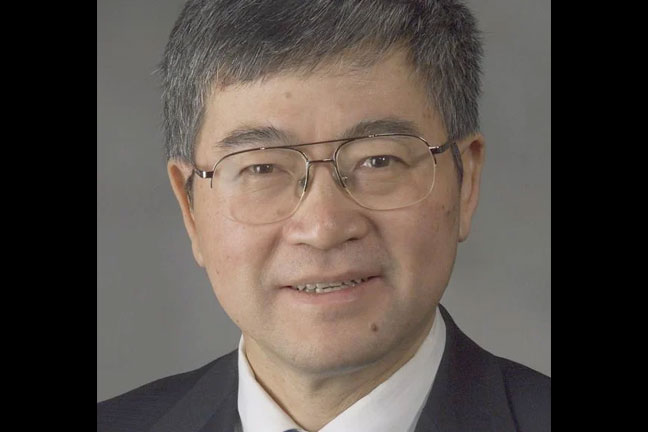June 2, 2023
Researchers predict hybrids of machine intelligence and biological intelligence to be the path forward
Rensselaer Polytechnic Institute’s Ge Wang, Ph.D. — Clark & Crossan Endowed Chair Professor, director of the Biomedical Imaging Center within the Shirley Ann Jackson, Ph.D. Center for Biotechnology and Interdisciplinary Studies, and this year’s winner of the Wiley Distinguished Faculty Award — and Albany Medical College’s Joshua Goldwag ’20, a medical student and previously Ge Wang’s research student at Rensselaer, have jointly published an article in Nature Machine Intelligence on the DishBrain experiment and its applications. Last October, Cortical Labs revealed that they “taught” human and mouse cells in a dish to work together to play the Pong game by providing feedback to the cells. They called it DishBrain. It was the first time that scientists stimulated biological cells in a structured/feedback-driven way.
“DishBrain inspired me a lot,” said Wang. “Artificial intelligence (AI) comes in many forms. Synthetic biology produces design-based, biological AI that enables logical operations. On the other hand, DishBrain represents feedback-driven biological AI. Its working principle is called the free energy principle, by which good behavior is re-enforced with a predictable signal from the microelectrode array while undesirable behavior is discouraged with electronic noise. In less than 10 minutes, the cells self-organized to play the Pong game successfully. It’s amazing!”
The free energy principle states that “biological intelligence systems will self-organize to minimize environmental surprise.” With DishBrain, the cells preferred a predictable rather than unpredictable signal, and organized accordingly.
“This research may be very significant,” Wang said. His team and collaborators are currently working on reproducing the experimental results, and hope that other researchers do the same.
Recently, in the field of AI, ChatGPT has dominated the headlines with the new possibilities it presents. However, large language models such as ChatGPT and other large deep learning models, especially hybrid models, all have a critical shortcoming: they consume enormous amounts of energy.
“Our brain consumes about as much power as a light bulb, but a large model uses enough electricity to power a whole town,” Wang said. “For AI to really play an active role in our everyday lives, we need to drastically reduce energy consumption. The need for huge amounts of power, such as with ChatGPT, suggests that the current AI is awfully clumsy. Nature has already revealed something much more efficient: our brain.” Biological AI and, more generally, a combination of machine intelligence and biological intelligence, may offer a sustainable solution in the future.
Goldwag and Wang also hypothesize that biological AI may present great opportunities in medicine. It could be used for drug testing, in tissue grafting, and for re-establishment of neurological functions after they are lost.
Finally, the researchers raise the question of when the cells may develop sentience, and how that should be addressed as the research progresses.
Regardless, Wang is excited for the opportunities DishBrain presents, and expects that AI will continue to evolve rapidly, upending our understanding of learning and consciousness and revolutionizing many aspects of our society.
“In the future, I predict a hybrid of digital, analog, and biological intelligence to come about, and even the ability of peoples’ brains to synch together,” Wang said.
“The field of artificial intelligence is undergoing a true renaissance,” said Shekhar Garde, Ph.D., dean of Rensselaer’s School of Engineering. “A combination of digital, physical, and biological intelligence could advance science in new ways and develop the most effective, ethical, and impactful applications.”

